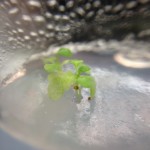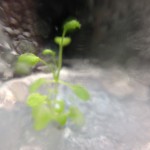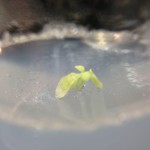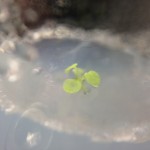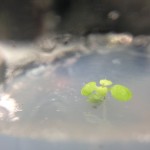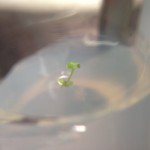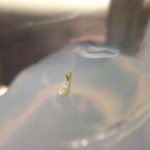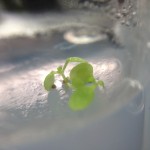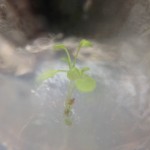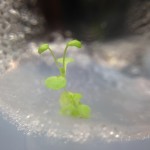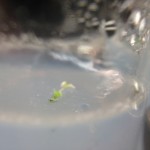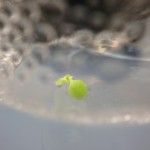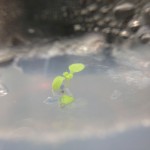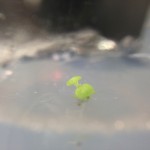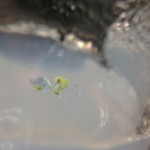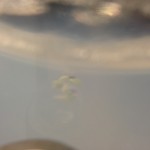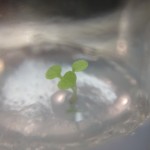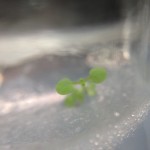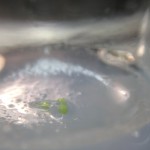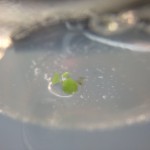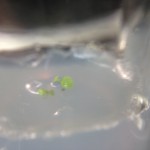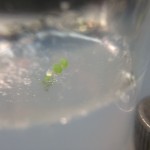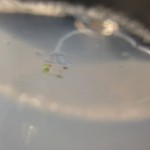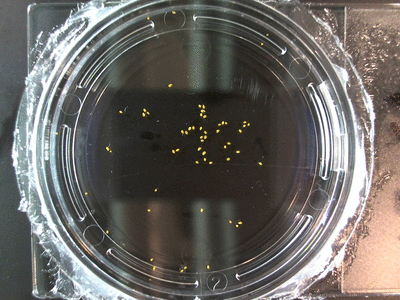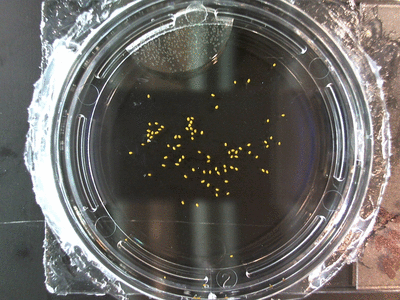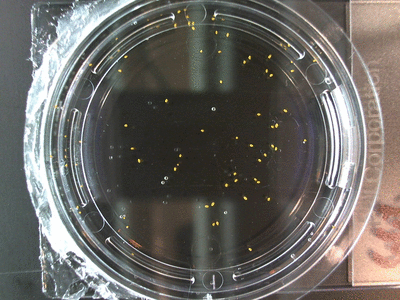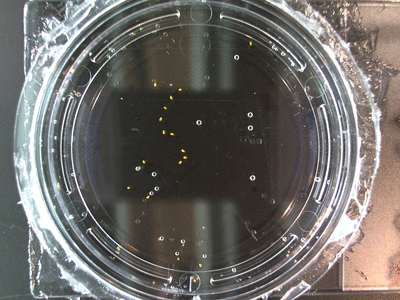This post is written by Jessica Reynolds, who turned in her anthropology trowel in pursuit of writing. She currently writes about science and research practices and offers advice for students needing scientific poster and research project help.
It’s the night before your research presentation and you have no idea how you are going to pull it together. You’ve done some research and gathered some decent information but you have no idea how it all fits together. In a moment of desperation, you do what only seems necessary at the time; you make something up. It’s only a small lie after all.
I’m sure we’ve all had this temptation at least once before. Desperation and fear of failing prompt us to make up small lies. We may not be proud of it and professors might be able to see right through it, but lying isn’t just a student’s plague. Well-known and once well-respected individuals in academia have succumbed to lying about their scientific discoveries. The search for fame, fortune, and even revenge has led some individuals to construct some of the biggest lies in science.
This three-part series aims to examine three hoaxes in the scientific world. We will look at each event, as well as the people and motivations behind the hoax. The three hoaxes I’ve decided to focus on are: The Cardiff Giant, the Piltdown Man, and the Schon Scandal. First up, the Cardiff Giant.
In 1869, a large being, thought to be a “petrified man” was uncovered in Cardiff, New York. There were many theories about the figure dubbed the “Cardiff Giant”, none of which stood up very long to scientific scrutiny.

The first theory, and most commonly believed, was that the figure was a petrified giant from biblical times. Another theory stemmed from Indian legend. Stories flew about Native American myths concerning giants roaming the plains. Others spoke of a giant Indian prophet who predicted that the descendants of their people would see him again.
After scientific examination, it became clear that the giant was not a fossilized human being, but a carving. Was it an ancient depiction proving that giants had existed? Was it an idol? None of the theories held up under close examination. But this didn’t stop people from paying 25 cents, and later 50 cents a viewing. The giant was sold to a conglomerate of men who put the figure on tour.
Showman P.T. Barnum tried to buy the giant from the syndicate, without success. He created his own giant out of wax and tried to pass it off as the real giant, claiming the other was a fraud. The issue went to court, and both giants were found to be fakes.
It turns out that George Hull, an aethiest from New York, concocted the whole scam to get back at some Methodists who were talking about the mention of giants in the Bible. He had the giant privately commissioned and planted on his brother’s farm. A year later, his brother hired men to “dig a well” and the giant was discovered. It is notable to mention that the spot the giant was found in was not a logical place for a well.
Hull’s scam did not fool very many scientists, but it did convince many academics, religious authorities, and other well-respected people. Since the whole point was to make religious people look foolish, Hull had no problem confessing to the hoax in court, finally adding the “ha, you’ve been duped” as the icing on the cake.
Hull was motivated by making other people look dumb. He did not try particularly hard to conceal his lie once it had been proven that people would fall for it. This is an example of someone using science to trick others or make them look foolish. This is a big argument for why transparency in science is important.
Next week we will explore the discovery of the Piltdown Man, and then the fake scientific “research” implemented by Jan Hendrik Schon.
